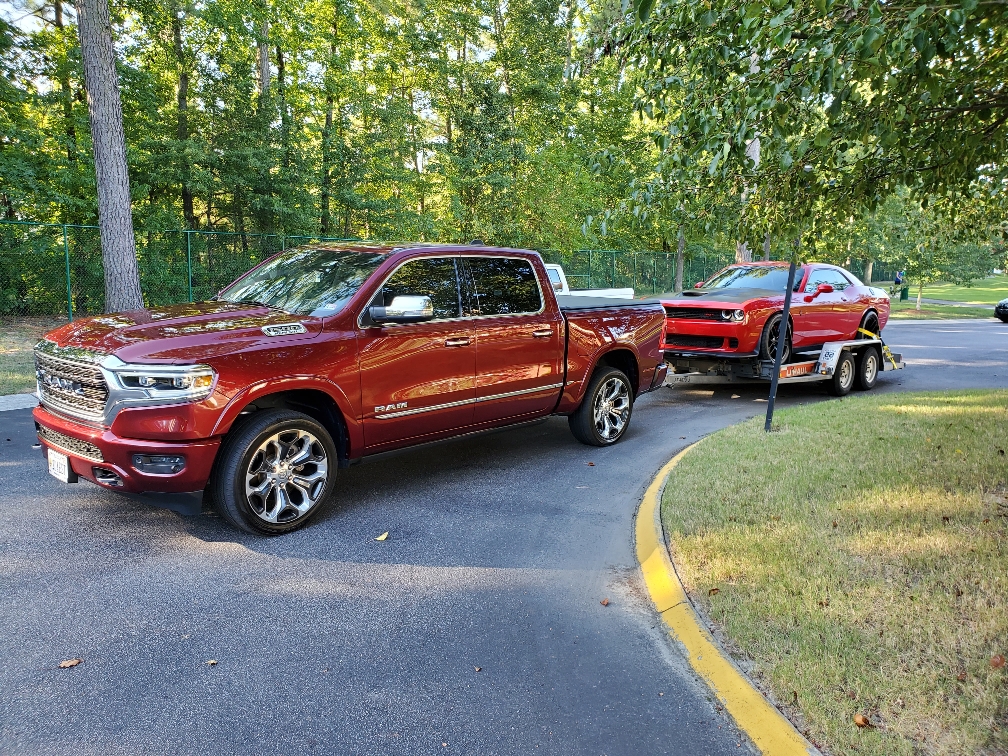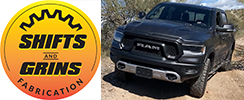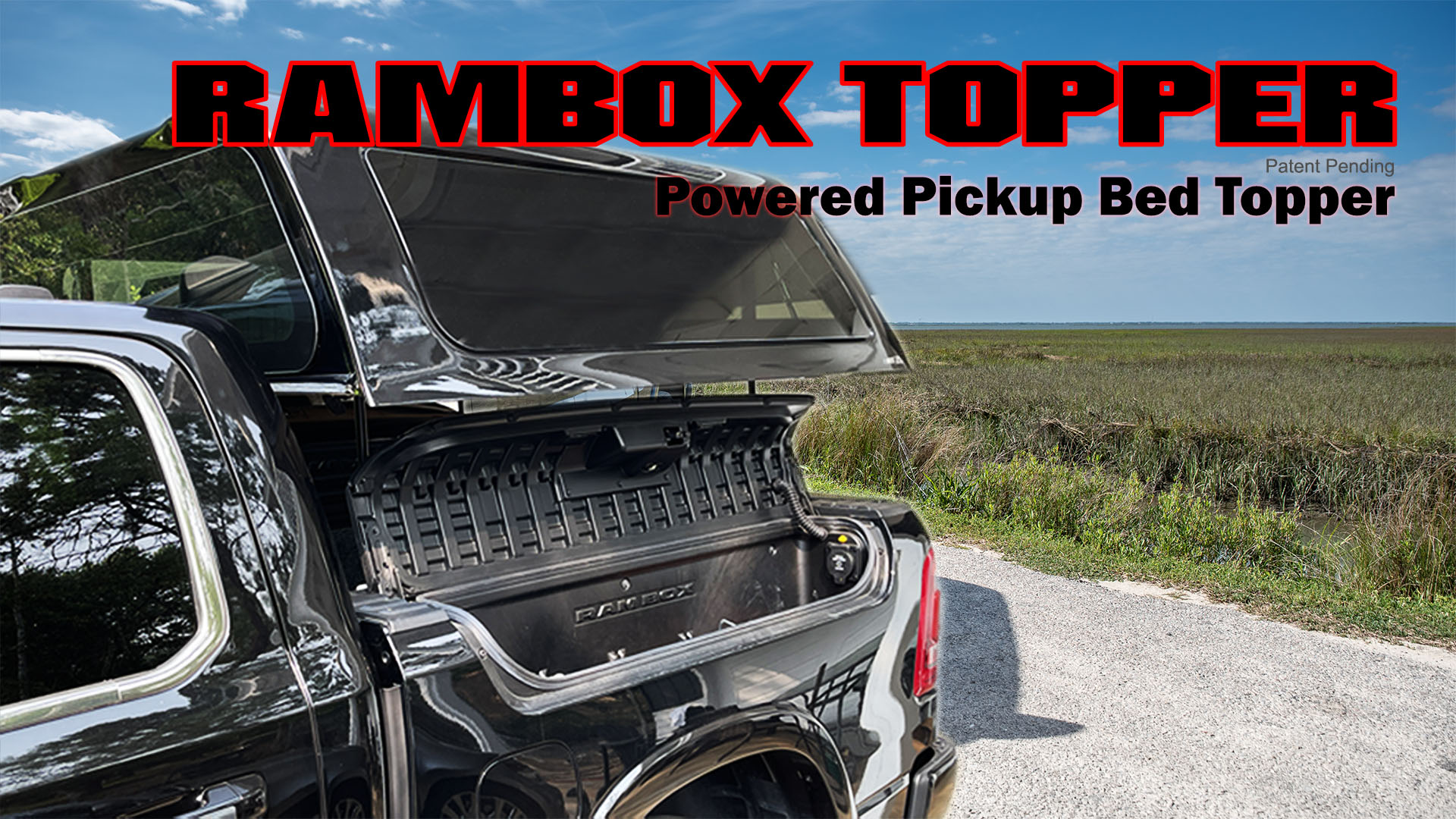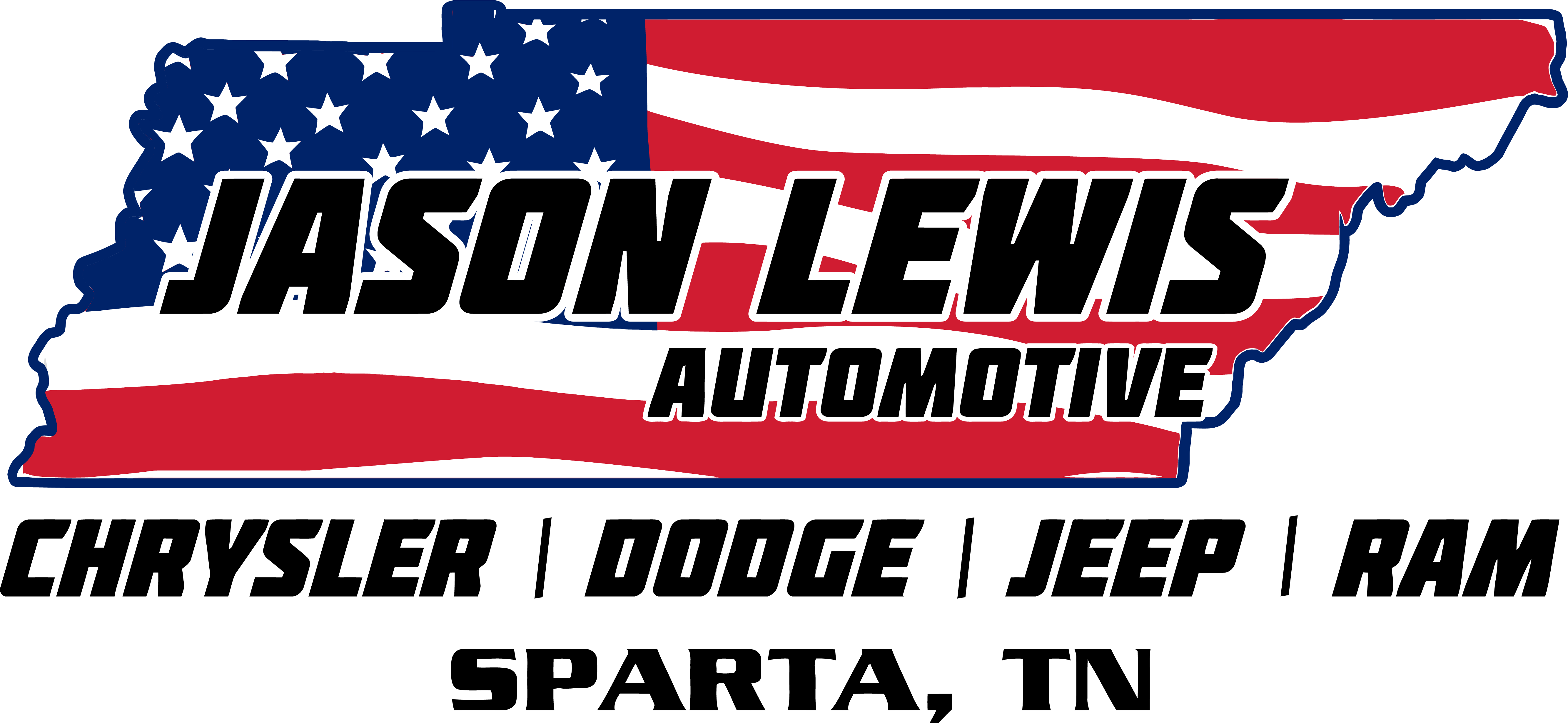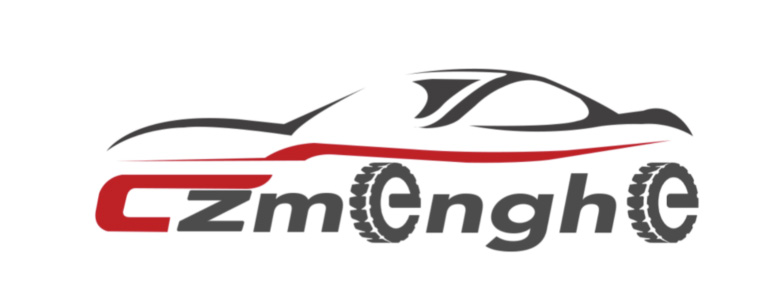W-I-N-D. Aerodynamics.
In another life I was a competitive cyclist and triathlete. One of the biggest arguments amongst cyclists is: does weight or aerodynamics impact more the ability to sustain power on a bicycle? Of course, the desire to lessen the weight or become more aerodynamic with one's equipment was often an excuse for out-of-shape people with too much money to justify spending thousands of dollars procuring the latest lightweight and/or aerodynamic equipment.
Bottom line: I learned that at lower speeds, weight was a more significant factor than aerodynamics; however, at higher speeds (20 mph+ on a bike) aerodynamics was a more significant factor.
Fast forward to my life as an RV'er: from a pop-up towed behind a Plymouth Voyager Minivan (circa 1986) to a Class C (with a Chevy V-8) to a Class A (with a Ford Triton V-10) one thing that remained constant was that
at highway speeds -aerodynamics will influence the power usage of your vehicle more than weight. Once you're at highway speed, more aerodynamic = less power required.
I now tow a 23' Airstream International with a GCVW of 6,000 lbs and a tongue weight of 475 lbs. On my last trip from Central Texas to Southern CA and back, I averaged 12.1 mpg, and saw as high as 16.2 mpg between fill-ups under ideal conditions.
My truck is rated to tow 8,600 lbs, so the weight I'm towing should not be an issue; however, if my trailer was less aerodynamic (flat-sided), it would absolutely feel like I was towing much more weight than I am, and I'm certain my engine would work harder fighting the wind, and fuel economy would suffer accordingly.
I understand that there are many considerations when choosing a travel trailer, and Airstream may not meet the needs of everyone, but they do tow exceptionally well!
From an interesting article in RVLife on the subject:
"While the final determination of fuel efficiency must, of course, be a combination of many factors, it would appear that aerodynamics plays a more significant role in fuel efficiency at highway speeds than the weight of the trailer alone. Most vehicles that are going to have enough power to pull the trailer through the air are going to have enough power to get the weight moving, and once you reach touring speed, the energy required to maintain the speed on level terrain is reduced."
Complete article here:
https://rvlifemag.com/andy-thomson-canam-rv-hitch-hints/
Finally, one last quote from
https://www.tripsavvy.com/airstream-travel-trailer-501086:
"Aerodynamic: Airstreams were built to be aerodynamic from the get-go, long before fuel efficiency and the environment were concerned. Airstream's aerodynamic design results in far better fuel mileage than box-style and
5th wheel trailers, with an estimated 10 to 20 percent fuel savings per trip over competitors. This aerodynamic design stabilizes the trailer helping it glide smoothly with no buffeting from headwinds. Even in high side winds about the only thing that you'll feel is a slight jolt and a little sway when passing 18-wheelers."

2019 Lone Star 4 x 4. 3.21 rear end, Hellwig Sway Bar, EAZ-lift WDH with sway control towing an Airstream International 23FB @ 6,000 GVWR and fully loaded hitch weight of 630 lbs. Always use tow/haul mode.

